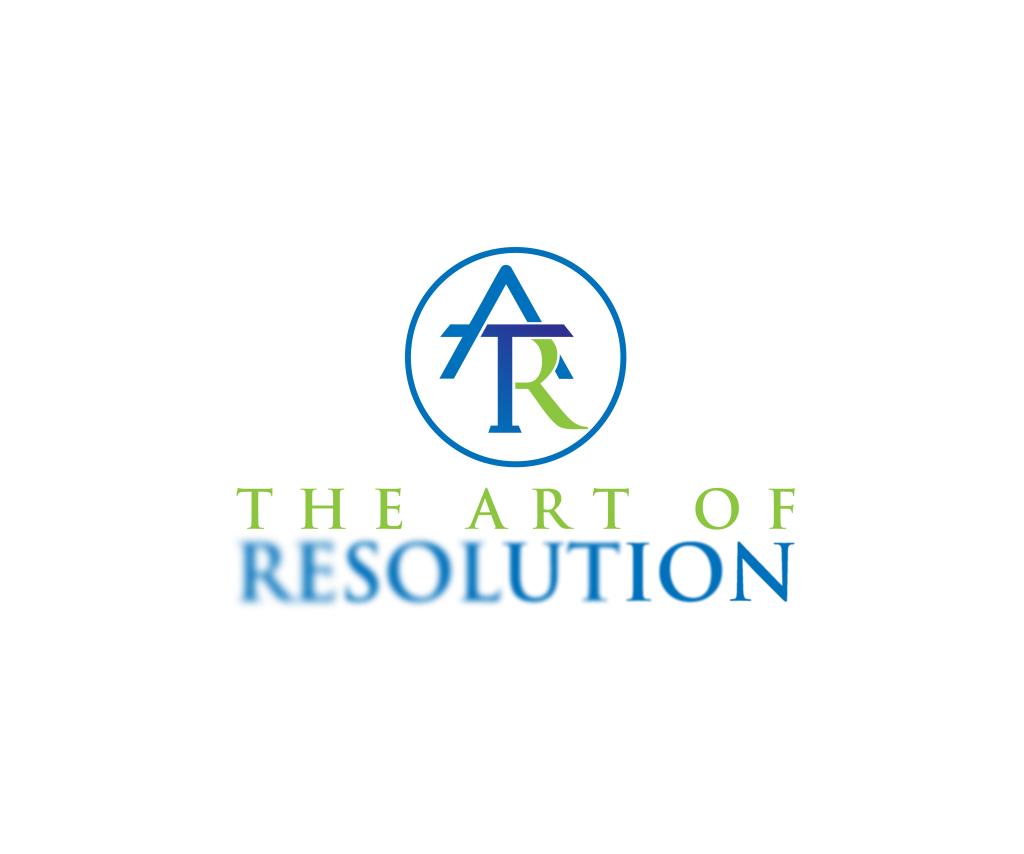While the use of live video testimony in court and especially arbitration is not new, its new frequency in venues across the globe will be. I spoke this morning with a colleague practicing law in Costa Rica, who mentioned a video testimony procedure being used at one of their arbitration centers. Witnesses are present in the arbitration facility, in a separate room from counsel and the arbitration panel. After being sworn in, they can provide video testimony from a safe social distance while being available in the event of any technology failure or need for live testimony. The procedure represents a compromise among competing preferences in the bar, that are in conversation here in the U.S. as well— those who insist on the need for live testimony, and those who prefer observing social distancing.
Part of the former group, those preferring live testimony, are lawyers who believe face-to-face cross examination, and the ability to assess expressions and body language more closely, is far more effective. Many of us subscribe to this view at some level—but how essential is to be in physical proximity to judge credibility?
A great deal of social science and psychological research, as well as anecdotal experience, suggests that we are far more often wrong than right in our considered judgments of people. Among others, Michael Lewis and Malcolm Gladwell have written books persuasively explaining these kinds of cognitive errors.
As important, I think, as any ability to read the witness is the interest and dynamic created by live cross-examination, which is more difficult to sustain by video. Certainly, if the option is presented, a live video feed is far superior to prerecorded testimony, as the many soporific hours jurors have spent watching overlong video deposition clips will attest. But the physicality and energy of live cross is better yet. And in those jurisdictions that allow counsel to move freely in the courtroom and approach the witness box, the examining lawyer will have more ways to maintain control over testimony and to direct a jury’s interest.
A related area ripe for additional study is how decision-makers themselves — judges, jurors, and arbitrators—may assess the same testimony from the same witness differently if it is by video rather than live.
